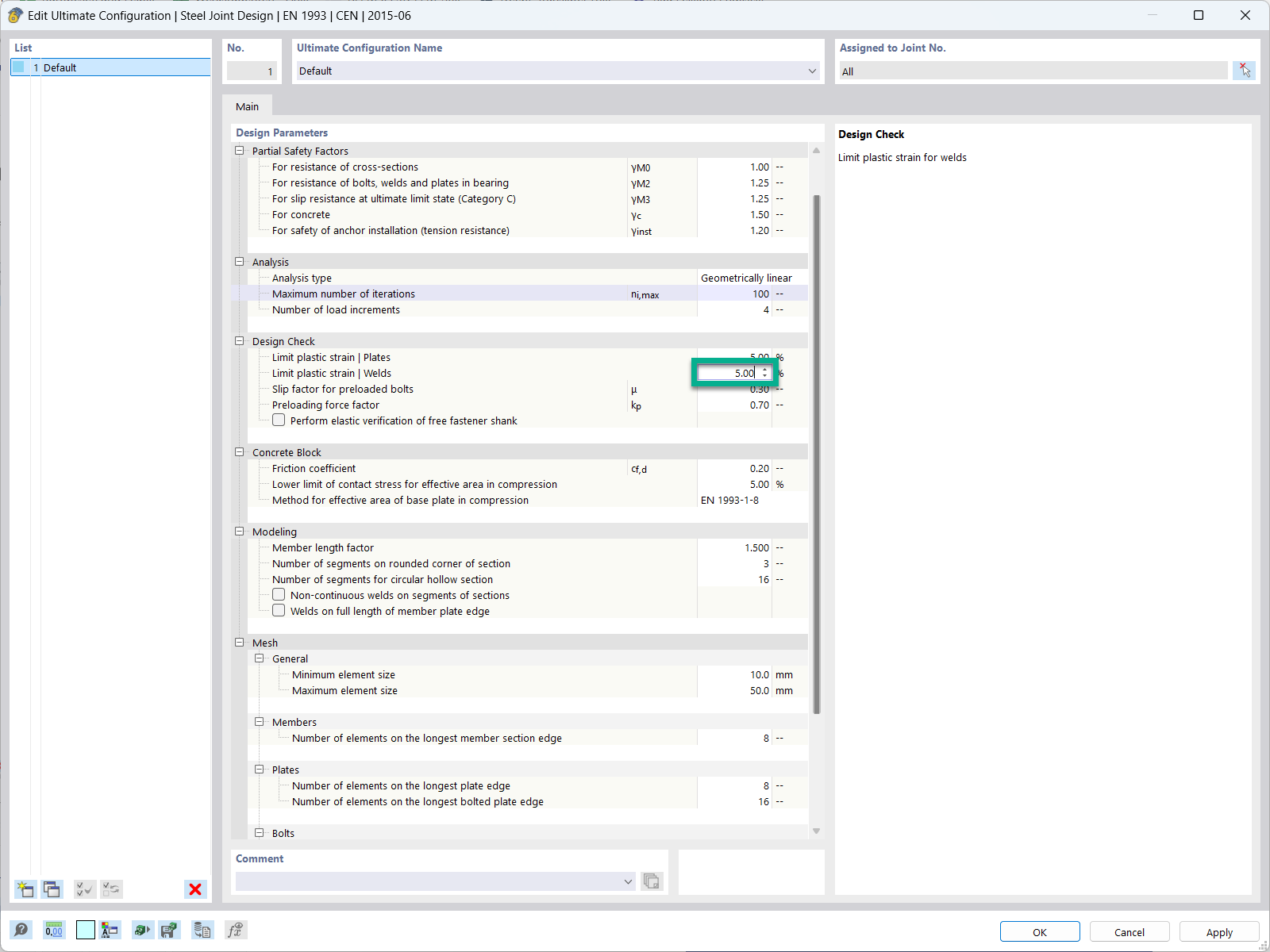Question:
How can we introduce experimental data in RWIND?
Answer:
In the field of structural engineering, accurately predicting wind effects on structures is crucial for ensuring safety and performance. To enhance the reliability of CFD simulations, validating data from the experimental or field measurements (Image 01) is essential. This FAQ outlines the process of using validating data in RWIND to achieve reliable results.
► Image | Figure 1: Experimental Wind Tunnel Model https://www.dlubal.com/en/img/050949
Importance of Validation Example
Validation is a key step in any simulation process. It ensures that the model accurately represents real-world conditions. By comparing simulation results with experimental data, engineers can identify discrepancies and refine their models, leading to more accurate predictions.
Step-by-Step Process for Using Validating Data in RWIND
1. Prepare Experimental Data
- Collect Wind Tunnel or Field Data
Obtain wind pressure distributions from wind tunnel tests or field measurements. In this example, we used wind pressure data from experimental data on probe points.
- Format the Data
Convert the data into including coordination of point probes and experimental wind pressure with a format compatible with RWIND, you can also easily transfer data by using copy-paste option (Image 02).
► Image | Image 02: Introducing Point Probes Coordination and Experimental Pressure Values in RWIND https://www.dlubal.com/en/img/050950
2. Set Up Model in RWIND
- Create a New Project: Open RWIND and start a new project.
- Import the geometry of the validation example.
- Define Simulation Parameters: Set up the domain size, boundary conditions, mesh density, wind profile and turbulence intensity.
3. Results and Interpolation Methods
Two interpolation methods are available in RWIND: diffusion interpolation and Gaussian interpolation kernel (Image 03). Only one method must be selected for all probes (see ). It is possible to transfer experimental wind load data by using the interpolation method in order to structural analysis and design in RFEM.
The diffusion method distributes the data from the "source" point over the surface. It is suitable for dense mesh of measuring points. In the case of thin open structures, this method only interpolates the values on one side of the plate. It is possible to transfer the experimental wind load by using the motioned technique in order to perform structural analysis and design.
► Image | Image 03: Interpolation Methods https://www.dlubal.com/en/img/050964
Here is the results for the diffusion interpolation (Image 04):
► Image | Image 04: Implementation of Experimental Data by Using Interpolation Method in RWIND https://www.dlubal.com/en/img/050947
Also differences between experimental and numerical is displayed as Figure 5:
► Image | Figure 5: Differences Between Experimental Value with RWIND https://www.dlubal.com/en/img/051151
Conclusion
Integrating validating wind tunnel data into RWIND is a crucial step in achieving accurate and reliable wind flow predictions. By following a systematic approach to prepare, import, and compare experimental data with simulation results, engineers can refine their models and ensure that their design checks are both efficient and safe. This process not only enhances the credibility of RWIND, but also contributes to the overall advancement of the structural engineering practice.











.png?mw=350&hash=c6c25b135ffd26af9cd48d77813d2ba5853f936c)



































_1.jpg?mw=350&hash=ab2086621f4e50c8c8fb8f3c211a22bc246e0552)






.png?mw=600&hash=49b6a289915d28aa461360f7308b092631b1446e)














